How to Declutter a Closet — Professional Organizers Say There Are 7 Simple Ways to Free Up Space Quickly
Create an area for your clothing and shoes that is easy to access using these smart expert tips
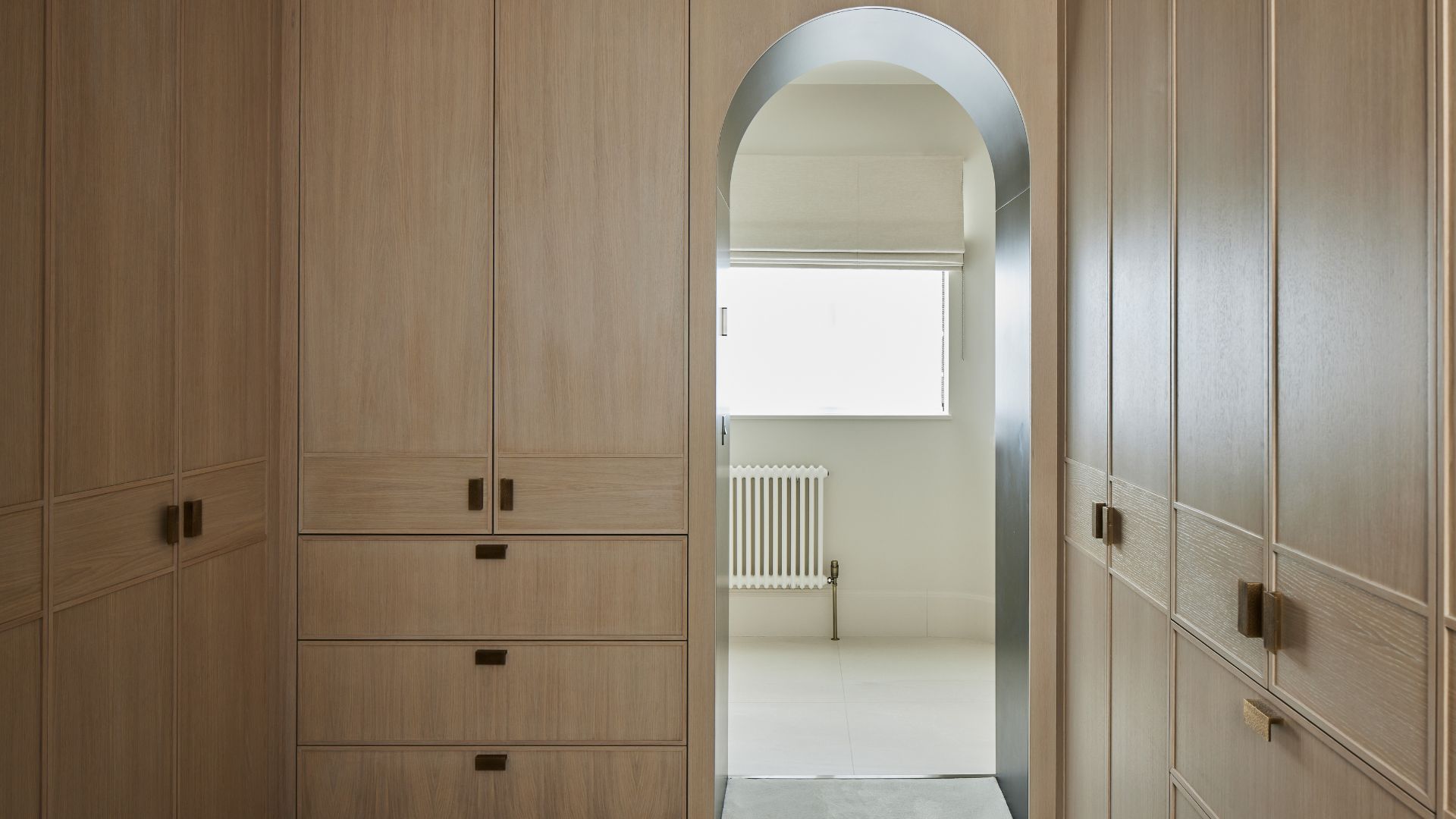

Admittedly, my closet has been through many rounds of decluttering because when I spot a unique piece at a bargain price, I can't help but bring it home. So, if you're anything like me and have struggled in the past (or present) to find space to store the clothing you love, you aren't alone.
Learning how to declutter your home isn't as difficult as you may think, but when you're drowning in a sea of satins and synthetics, the task of paring down your wardrobe likely seems impossible.
I spoke to a few professional organizers to gather their best advice for decluttering a closet and maintaining good decluttering practices over time. Breathe, and take it step by step. Your closet will get to where you want it to be.
1. Examine your closet space
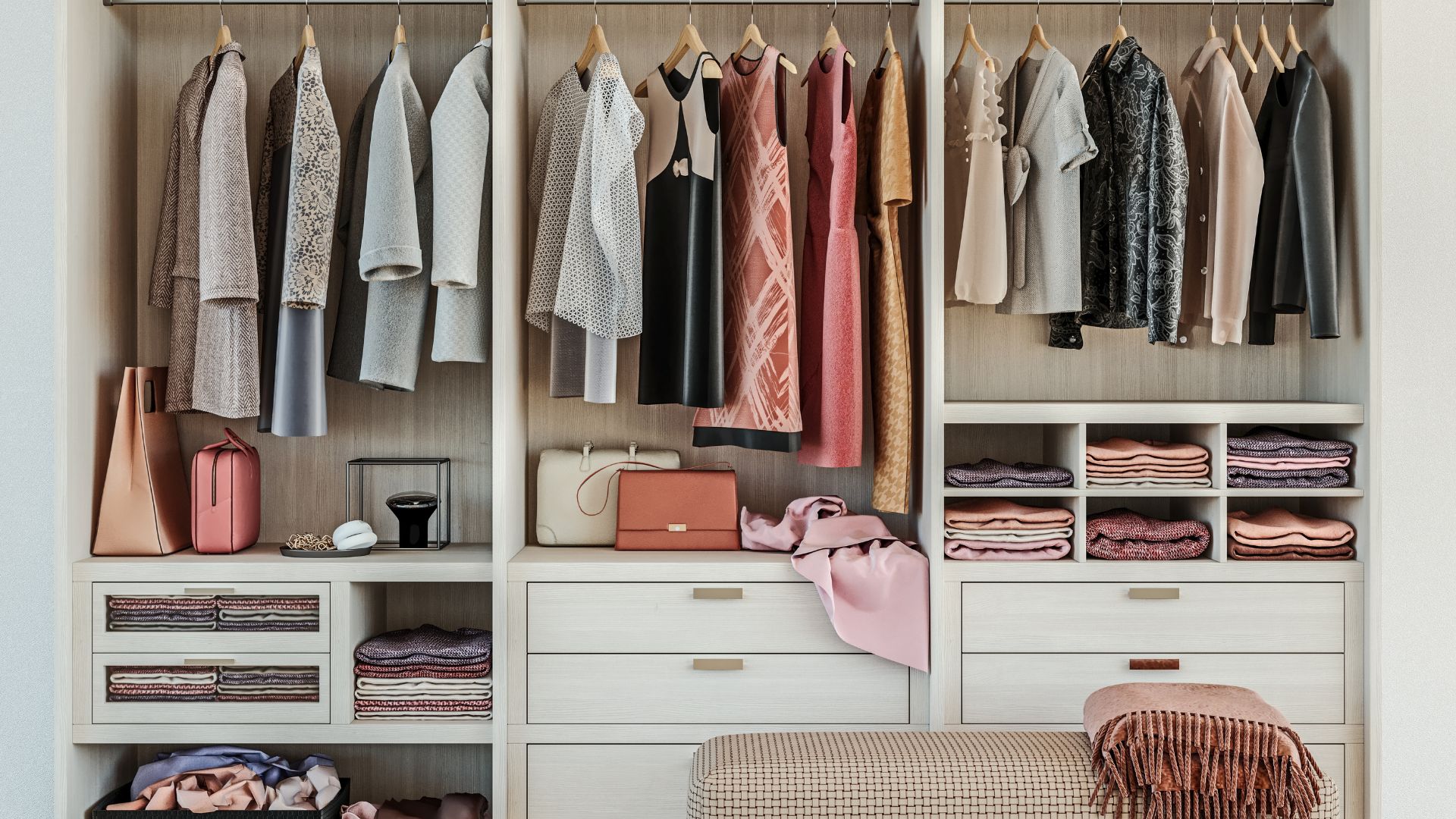
The most effective way to begin decluttering any space, including a closet, is to examine what's taking up room in the area. When you look at your wardrobe, what do you notice: are there far more sweaters than anything else? Do you have a lot of formal wear despite rarely attending formal events? Is there a pile of hats but you only grab for the same one?
Kiera Malowitz, certified professional organizer and owner of Decluttered, LLC, says, "I have seen whole closets of formal dresses when maybe the client only has 1-2 big events they attend each year, so the question becomes more about if you have the space to store that amount of formal wear versus could you be using the space for something more useful."
If removing the contents of your closet at this stage helps with the evaluation process, definitely go for it, but it can be beneficial to take some time to pause and look at your wardrobe while it still has everything inside. Doing this helps you to see the before of your decluttering process in a deeper light, giving you time to question why you wish to declutter as well as what your end goal might be. An easier-to-access space, perhaps, or a more minimalist lifestyle?
2. Reduce your scope
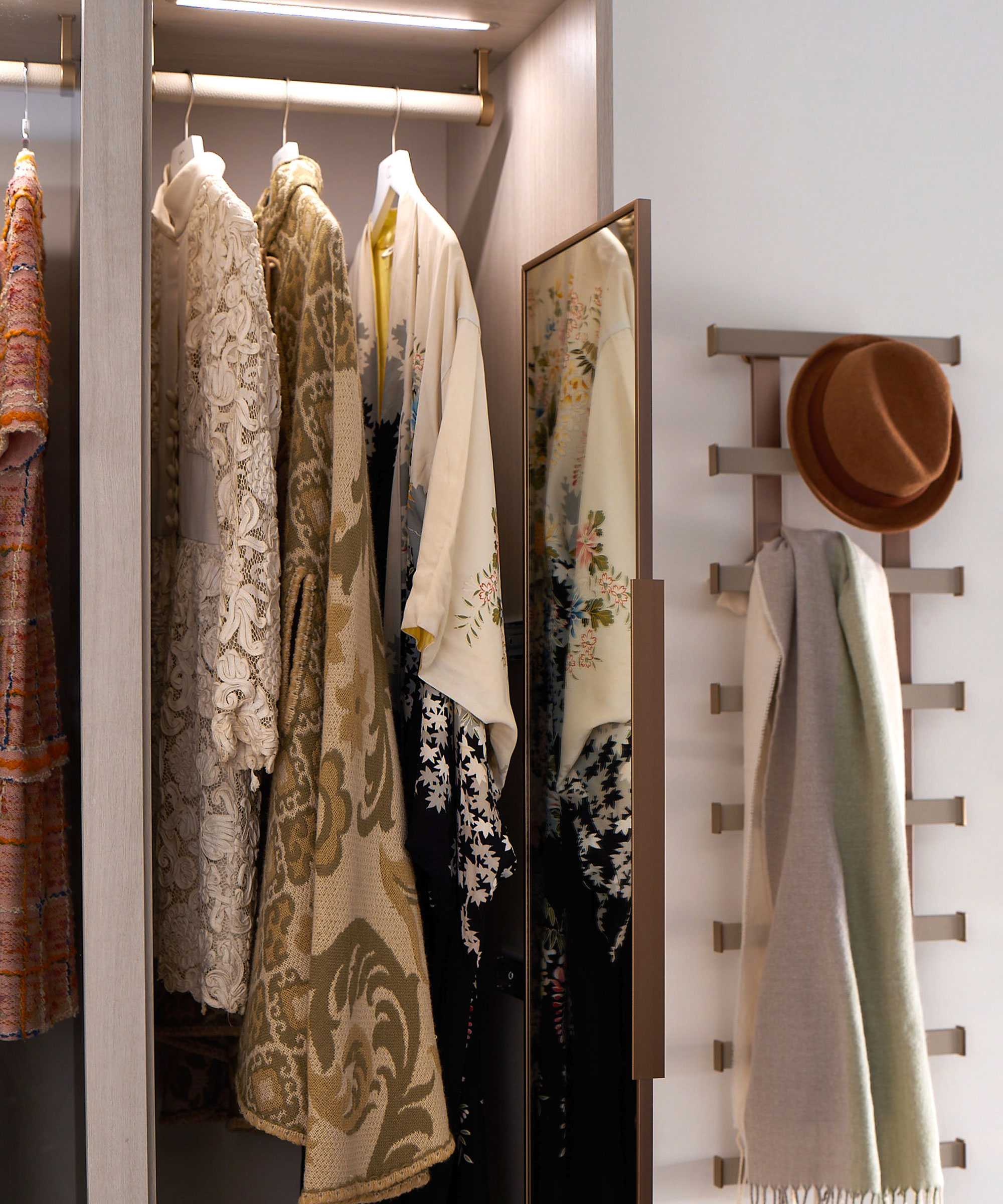
Decluttering with all of your items either still inside of your closet(s) or in a big pile on the bed/floor is going to be tricky. You'll likely become overwhelmed really fast and have no idea where to start. This is where reducing the scope of your decluttering by breaking it down into manageable categories comes in, and the simplest way to go about this is to group like-items together. A pile of dresses, shirts, pants, and accessories like hats and belts. Doing this will quickly allow you to see which items occupy the most space in your closet and, in turn, your life.
From there, you can decide how to go about decluttering: all at once or one category at a time. Linda Samuels, certified professional organizer and founder of Oh, So Organized!, recommends breaking your decluttering sessions into smaller bursts with clearly defined scopes, especially if you're prone to becoming overwhelmed or experiencing decision fatigue.
"Minimizing the scope of each decluttering session makes it easier to activate while reducing overwhelming feelings," says Linda. "For example, declutter one shelf, drawer, or rod before moving to the next area. Or work on just shirts, pants, or dresses before decluttering the next category."
Some questions to consider asking yourself while going through this process include: When have I last worn this?, Would I buy this item again if I saw it in a store?, and What motivated me to purchase this item in the first place? You may be surprised to learn how every item in your life will have answers to these questions.
3. Start with 'quick wins'

Letting go of items can be tricky, even if they are things we barely (if ever) use. People's sense of attachment to things differs vastly, but a universally easy place to start if you're struggling to declutter your closet is with the "quick wins." And when we say "quick wins," we mean decluttering clothes that are broken, stained, the wrong size, and generally ready to discard.
"The key is to let go of and declutter any clothes that are torn, have holes, are stained or ruined in some way," says Kiera. "We honestly torture ourselves by hanging onto these items because they may have once been our favorite, but I promise, you will find new favorites over and over again, and you'll need space for them to live."
Items that are extremely sentimental can be kept in a keepsake box, but we recommend taking time to consider why items hold sentiment before keeping everything. Many places accept donations of clothing, from thrift stores to places that turn old clothing into rags, so it's worth a little research to maintain a greener footprint and a happier planet.
4. Create 'keep' and 'donate' piles
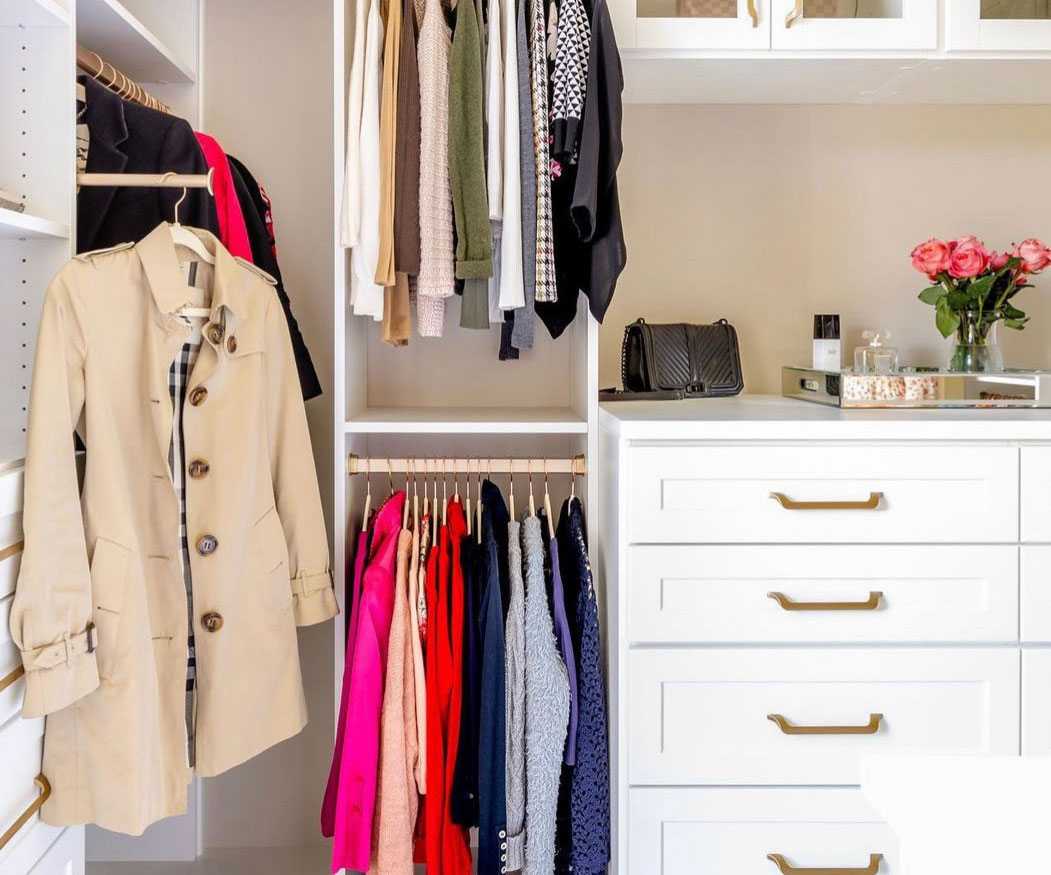
When I declutter my small closet, I always use the no-contact decluttering method and create a keep and a donate pile. Having these two piles side by side helps a lot — you actively see how much in each category you are keeping in comparison to donating, and it encourages you to be mindful in your decision-making.
Oftentimes, I also create a maybe pile for the clothing I'm unsure about, which I then revisit at the end. Revisiting this pile at the end works well as by the time I've gotten back to it, I know what I've already chosen to keep and I can see if what's in the 'maybe' pile is something I would prefer to keep over something else.
"The keep and donate pile method is one of the best ways to approach decluttering a closet," says Kiera. "If creating another separate pile of items to sell would take you a while to remove from your home, perhaps consider donating instead. Effective decluttering of a closet needs to not take longer than it already does."
5. Do a final pass
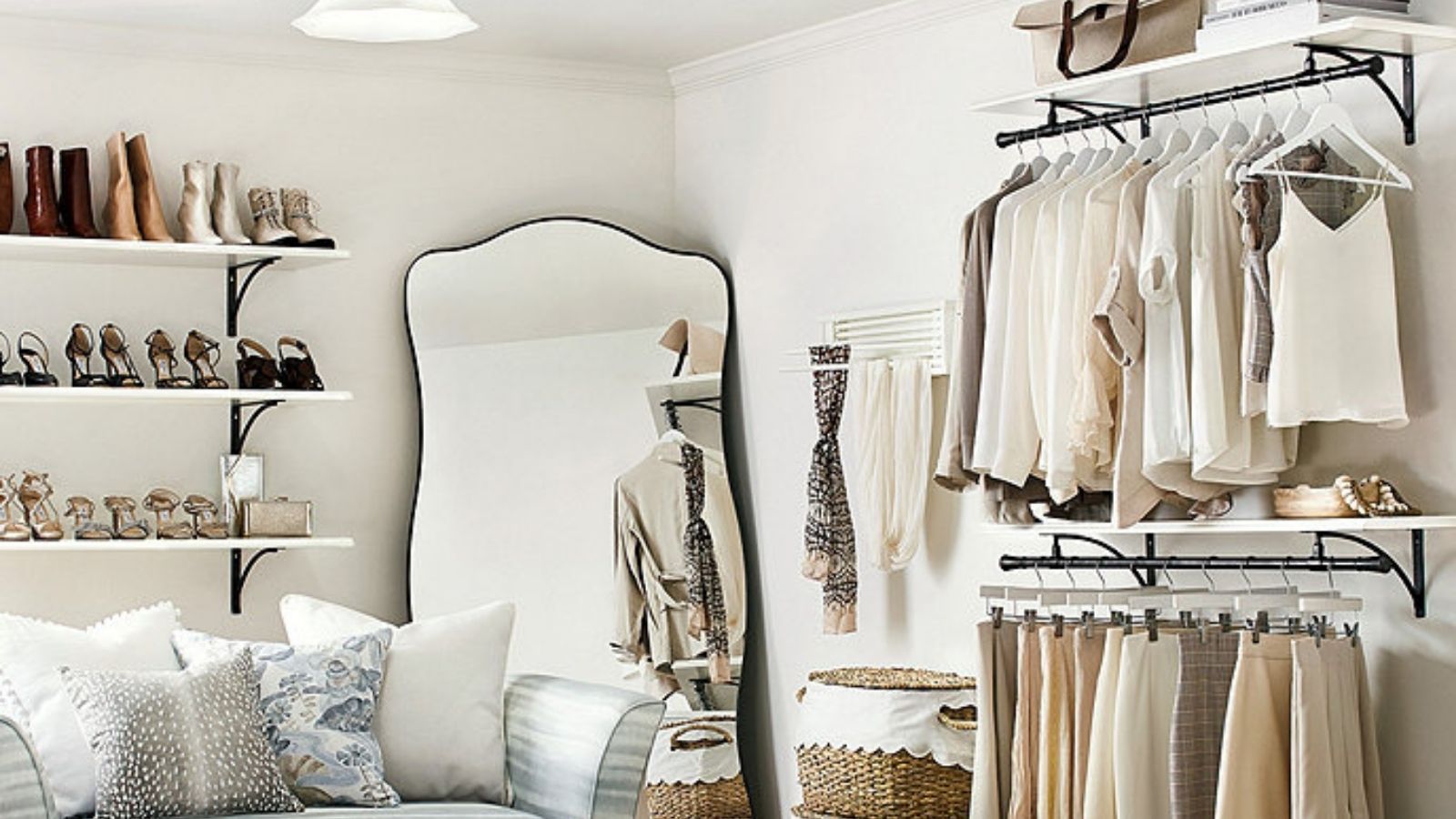
After looking through everything, it's always helpful to do a final run-through of what you decided to keep and discard. Especially if you have a lot of clothing, by the time you're halfway through deciding on what you're keeping, you may not even remember what you've already kept or let go.
Doing a final pass also offers you the chance to see which of your kept items go well together in outfits and to solidify your decision-making, avoiding closet mistakes.
"For example, if you have 20 black t-shirts, you may ask yourself if you really need that many black t-shirts," says Kiera. "Things to consider in this example are if you wear black most of the time or if you like a variety of color, or if t-shirts are your main style versus your other tops. These are things to think about while you do a final pass and go through each category."
From there, pare down your keep items to be left with your final decluttered closet.
6. Remove extra hangers

Before putting all of your clothes back in the closet, or re-ordering them inside the space, don't forget to remove your surplus hangers. Doing this will make your closet feel more spacious and instantly look less cluttered.
"Empty hangers are a frequent source of closet clutter as they're bulky and make it more challenging to reach your clothes," says Linda. "Removing them will instantly create space so your clothes can breathe."
If you wish you can also remove your seasonal wear and rotate summer items in when the warmer weather comes back around. This will give your closet a more decluttered feel when you're using it day to day, serving as a handy way to maximize how you store clothes.
7. Maintain your closet's decluttered state
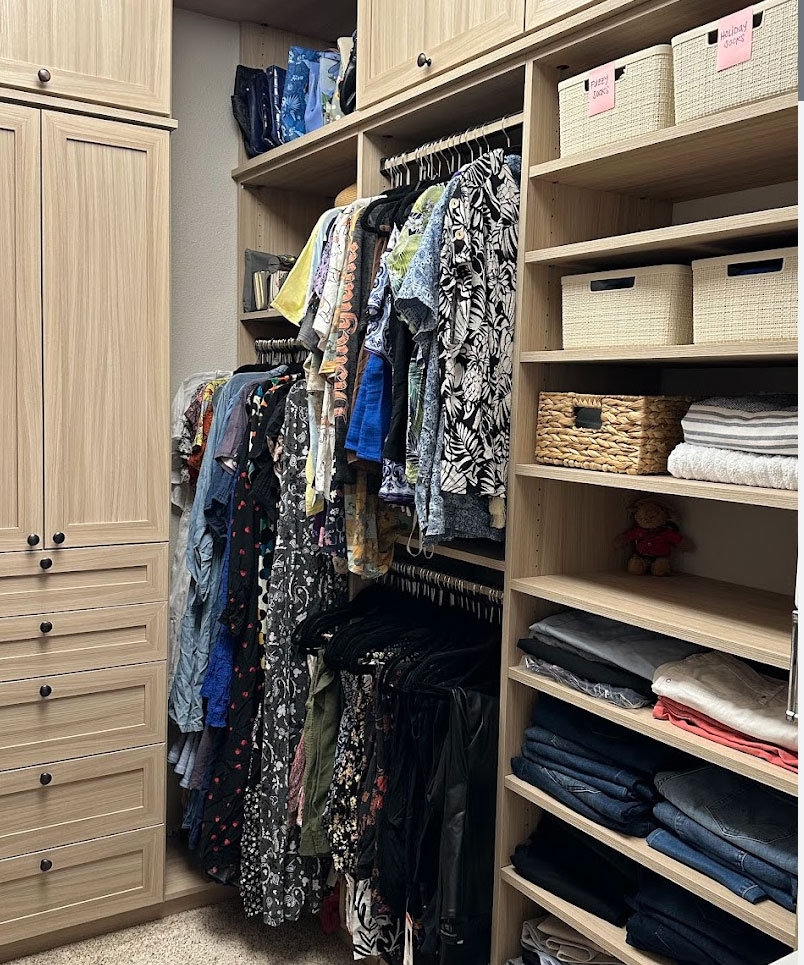
Finally (but most importantly), to declutter your closet effectively, you must maintain its decluttered state. Otherwise, all of your hard work will be undone the next time sales season rolls around.
There are many ways to do this, from only buying necessities to letting yourself buy something only to directly replace clothing you love that is worn beyond repair, but however you go about it, try to remember what made you want to declutter in the first place.
Perhaps taking before-and-after photos of your wardrobe to look at when you're tempted to impulse-buy may be a great accountability partner. Or setting yourself a challenge like the minimalist wardrobe challenge to help show you how you have more than enough to wear already could be your way forward. But remember what the decluttering process showed you and the feeling of relief you achieved when you only owned what you used and loved.
How often should you declutter a closet?
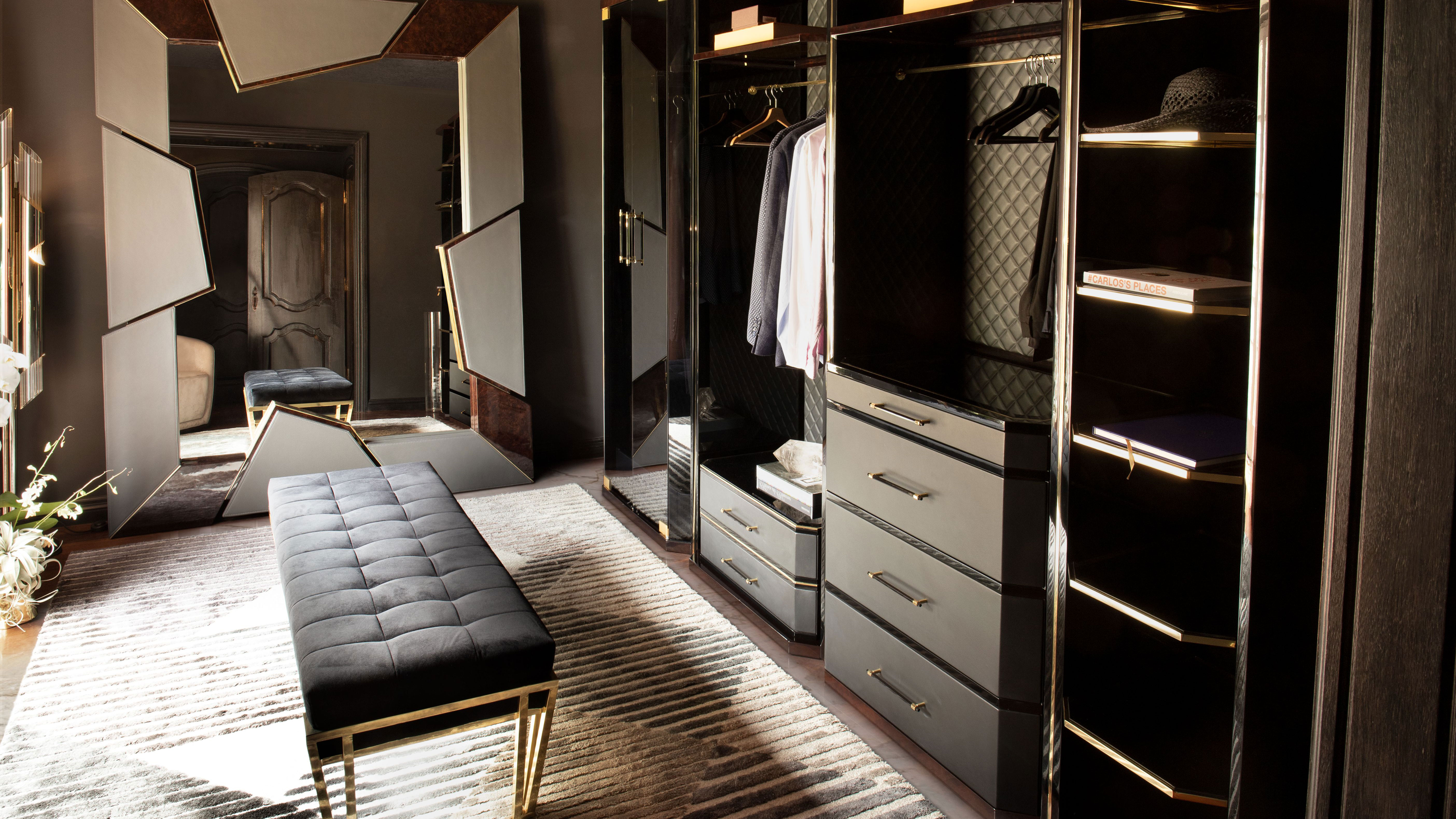
As noted by Kiera Malowitz, certified professional organizer and owner of Decluttered, LLC: "There is no right or wrong answer as it really comes down to what your space is like, as well as your lifestyle."
If you're a minimalist, you may only want to declutter every year as you don't buy much throughout the year. But if you're a mom with kids changing clothing sizes every time you blink, setting time aside to declutter and keep your closets in order more frequently may help reduce stress and make getting dressed easier.
So, take some time to consider what works best for you and your lifestyle, including your schedule. A thorough, big declutter will take a longer period of time, so if your schedule doesn't allow this, opting for micro-decluttering may be a better fit.
FAQs
Where do I start when decluttering my closet?
Kiera Malowitz, certified professional organizer and owner of Decluttered, LLC, and Linda Samuels, certified professional organizer and founder of Oh, So Organized!, both recommended starting with "quick wins" such as broken items and vacant clothing hangers in the closet space.
Removing these first is a great way to get the ball rolling and help a person to feel a sense of accomplishment early on in the decluttering process.
Declutter Your Space With These Decluttering Reads
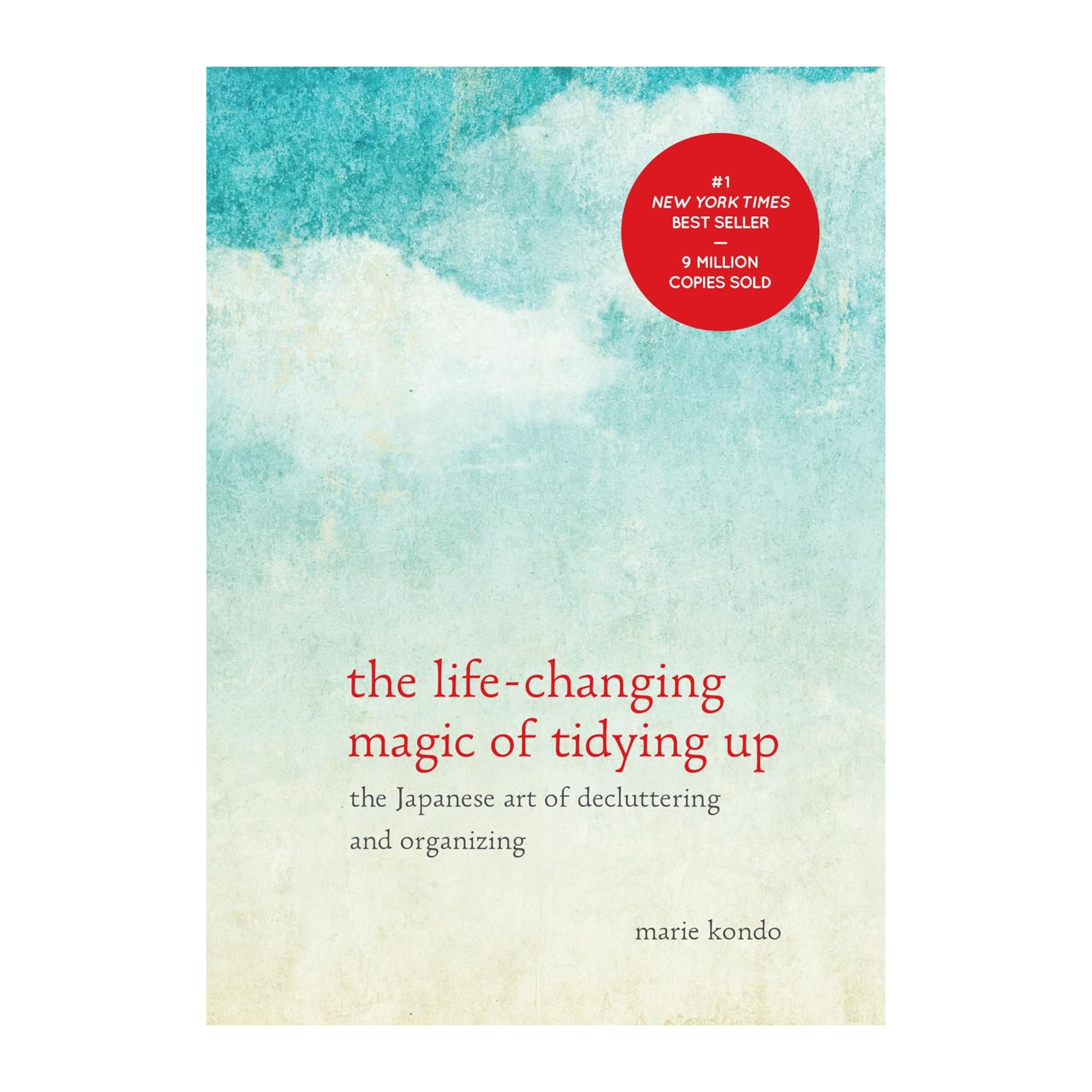
Price: $8.99
Type: Hardcover
Synopsis on Amazon: "The book that sparked a revolution and inspired the hit Netflix series Tidying Up with Marie Kondo: the original guide to decluttering your home once and for all."
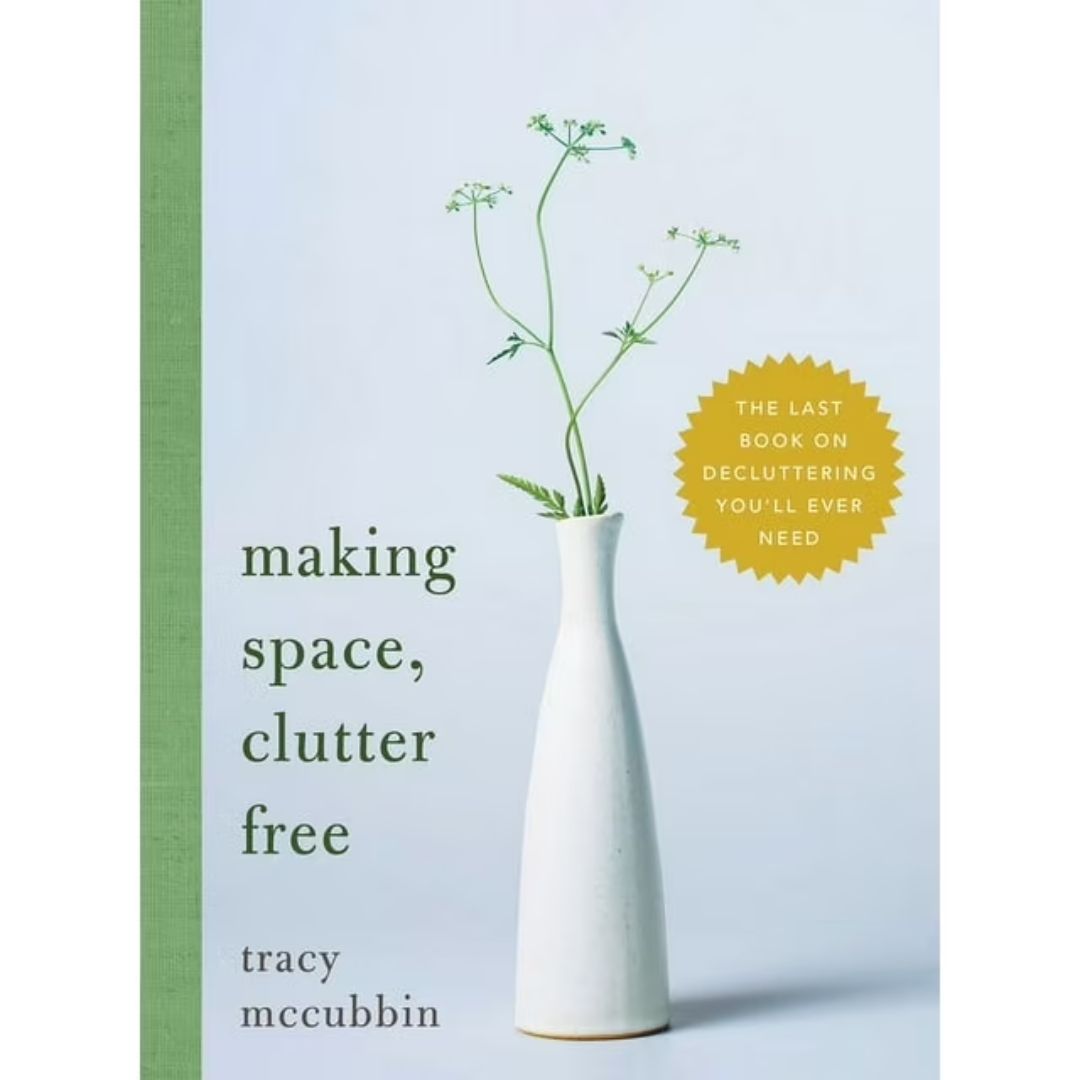
Price: $11.25
Type: Hardcover
Synopsis on Amazon: "Discover the secrets to conquering clutter once and for all, as organizing expert Tracy McCubbin shares her proven methods honed over years of helping countless individuals achieve a sense of order and harmony in their homes. With this must-have book, you'll learn effective strategies for tackling even the most overwhelming messes, transforming chaotic spaces into havens of serenity."
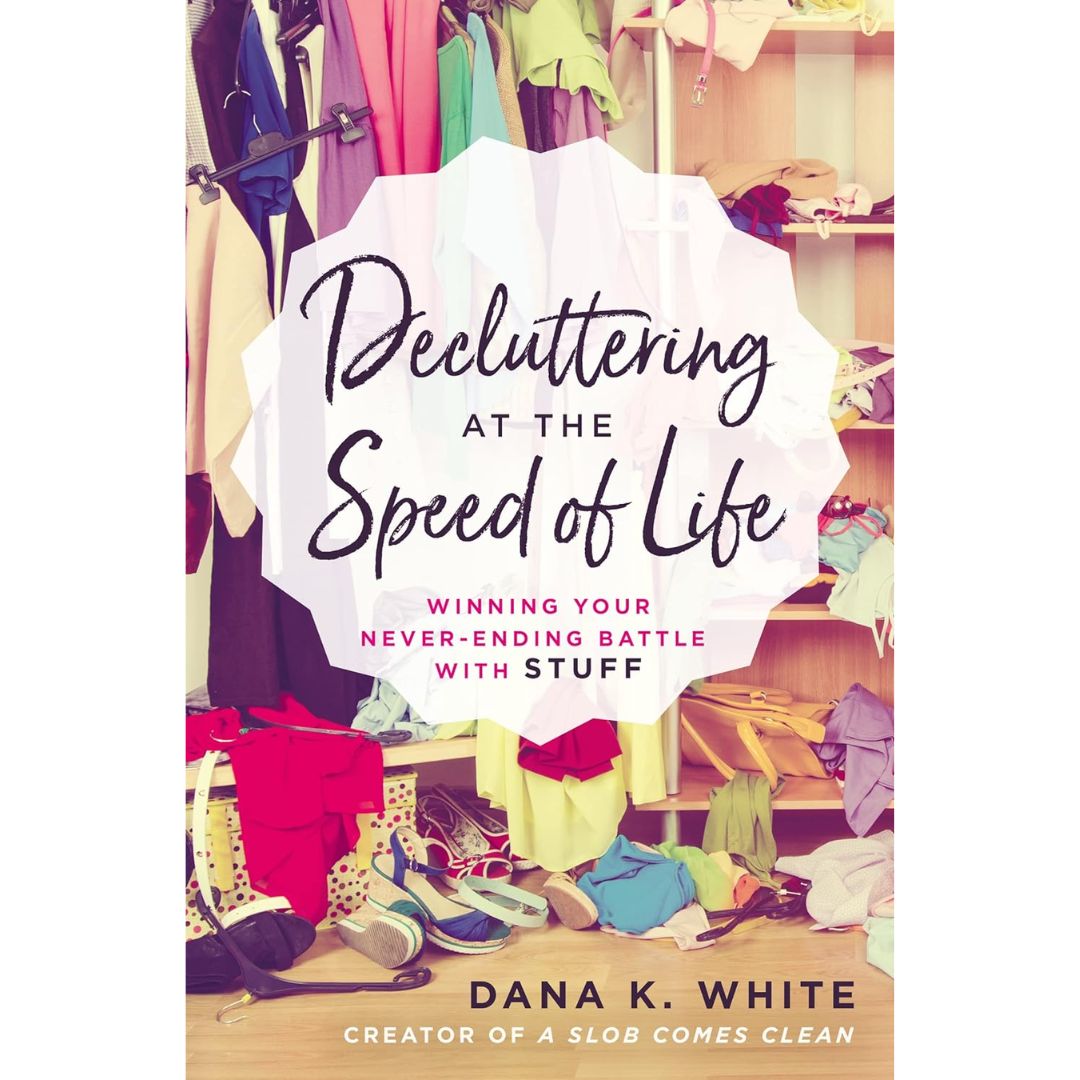
Price: $9.99
Type: Paperback
Synopsis on Amazon: "You don't have to live overwhelmed by stuff - you can get rid of clutter for good! Decluttering expert Dana White identifies the emotional challenges that make it difficult to declutter and provides workable solutions to break through and make progress."
Be The First To Know
The Livingetc newsletters are your inside source for what’s shaping interiors now - and what’s next. Discover trend forecasts, smart style ideas, and curated shopping inspiration that brings design to life. Subscribe today and stay ahead of the curve.

Ciéra is a writer and regional laureate with particular passions for art, design, philosophy and poetry. As well as contributing to Livingetc, she's an Editorial Assistant for Design Anthology UK and a contributing writer for Homes & Gardens and Apartment Therapy. Previous commendations of hers include being Highly Commended by The Royal Society of Literature and receiving a prestigious MA Magazine Journalism scholarship to City, University of London.
-
 These Are the Flower Crowns I’m Wearing This Spring (Spoiler: They’re Actually for My Door)
These Are the Flower Crowns I’m Wearing This Spring (Spoiler: They’re Actually for My Door)Coachella confirmed the comeback of flower crowns. At home, they just go by another name: the spring wreath
By Julia Demer
-
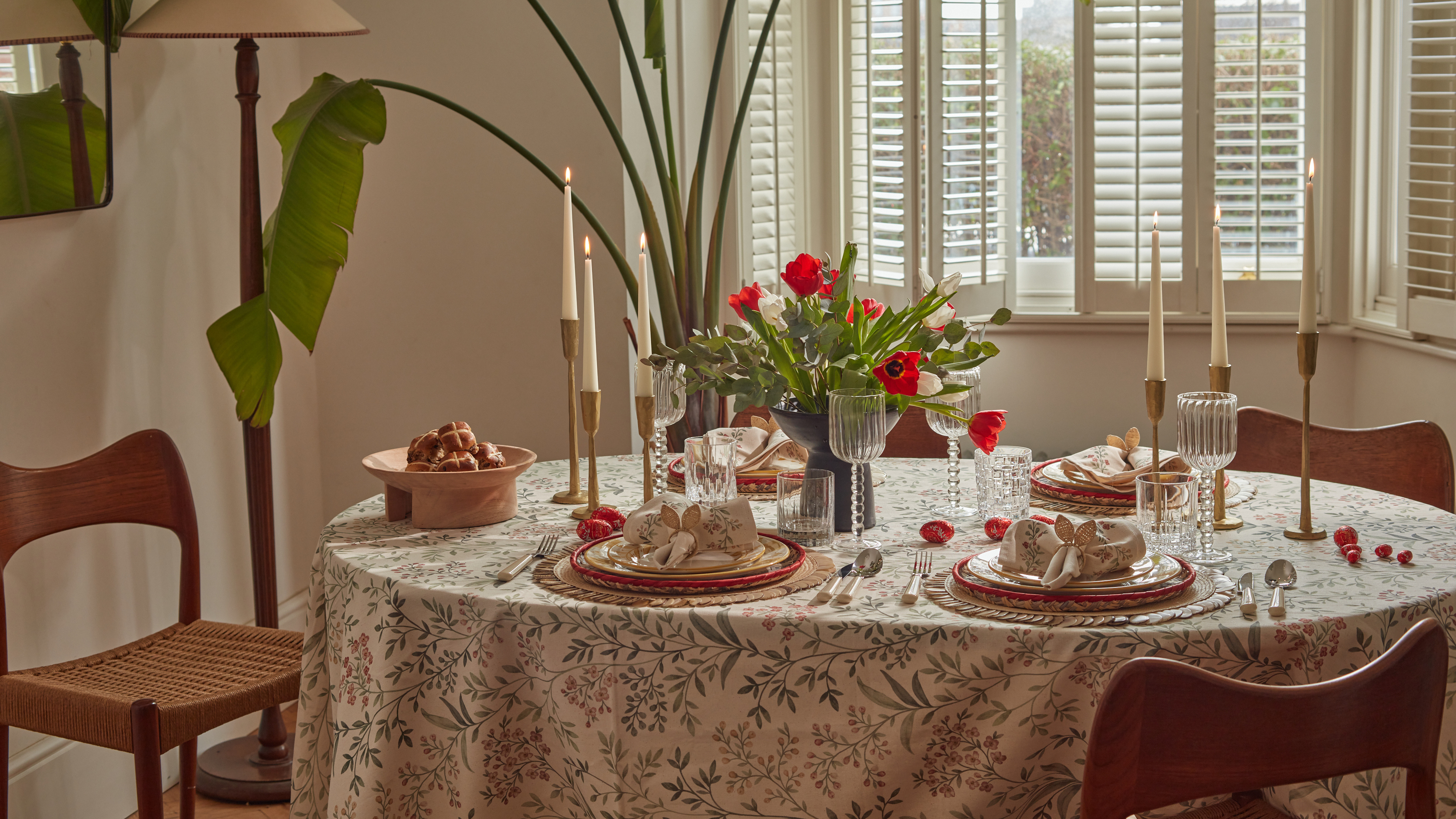 Bunny Ears, Be Gone — 7 Easter Table Styling Mistakes That Will Take Your Setting from Tawdry to Tasteful
Bunny Ears, Be Gone — 7 Easter Table Styling Mistakes That Will Take Your Setting from Tawdry to TastefulFrom fussy floral displays that disrupt conversation to over-relying on tacky tropes, don't fall victim to these errors when decorating your Easter table
By Lilith Hudson
-
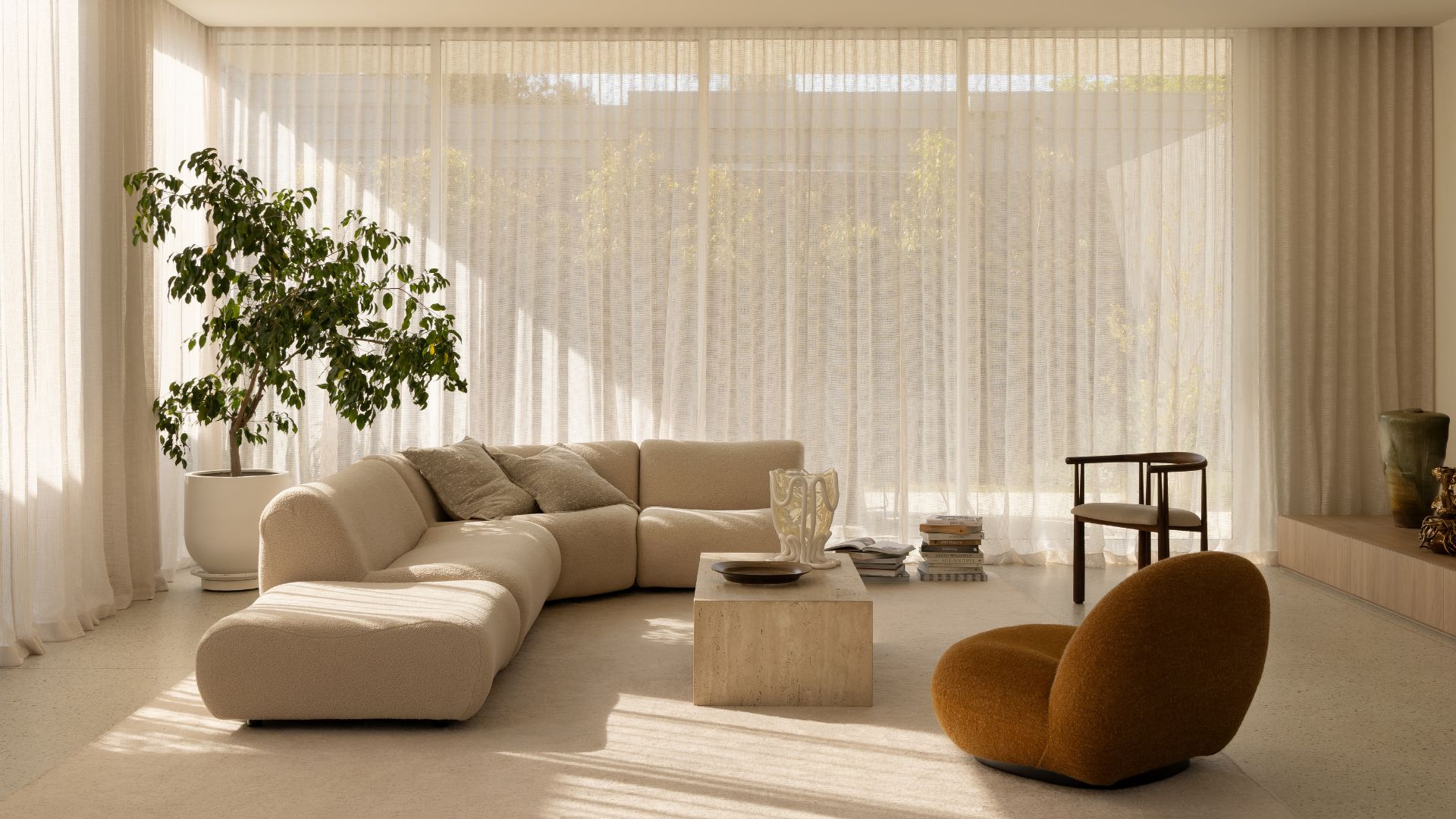 10 Decluttering Challenges to Have on Your Radar This Year — For a Tidier, More Mindful Home
10 Decluttering Challenges to Have on Your Radar This Year — For a Tidier, More Mindful HomeIf you're interested in transforming your home for the better, here are 10 decluttering challenges I recommend for a professionally tidy space.
By Amiya Baratan
-
 Biophilic Decluttering — What to Take Out of Your Home (and What to Put in) for a More Natural Home
Biophilic Decluttering — What to Take Out of Your Home (and What to Put in) for a More Natural HomeTry your hand at biophilic decluttering to ground your interiors, connect to the environment, and cure chronic clutter in one go. Here's how.
By Amiya Baratan
-
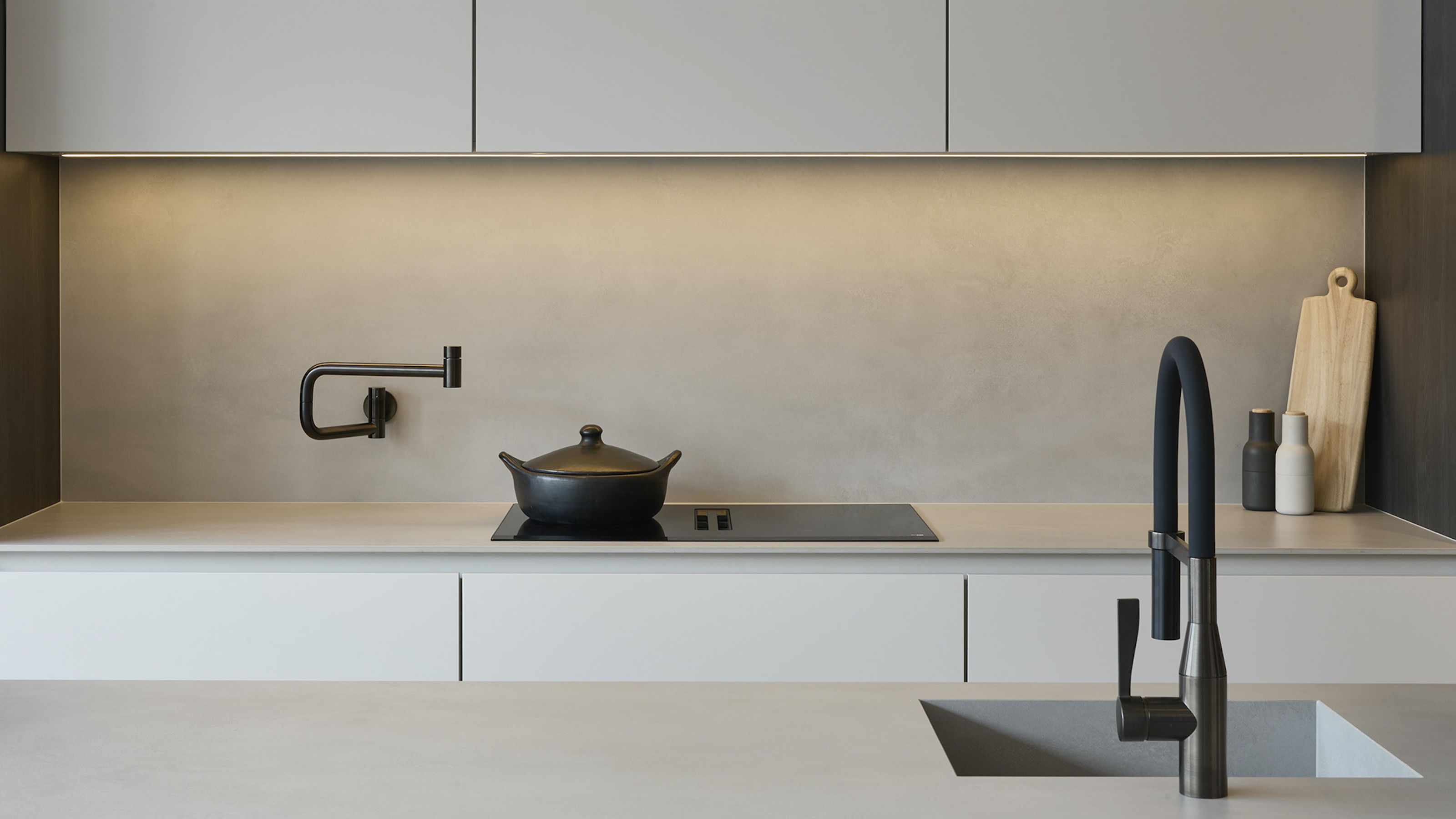 The 10 Different Types of Kitchen Taps — And the Pros and Cons of Each One to Know Before You Pick
The 10 Different Types of Kitchen Taps — And the Pros and Cons of Each One to Know Before You PickFrom sleek pull-outs to vintage bridge taps, explore 10 kitchen tap styles that mix function, flair, and a splash of cool
By Linda Clayton
-
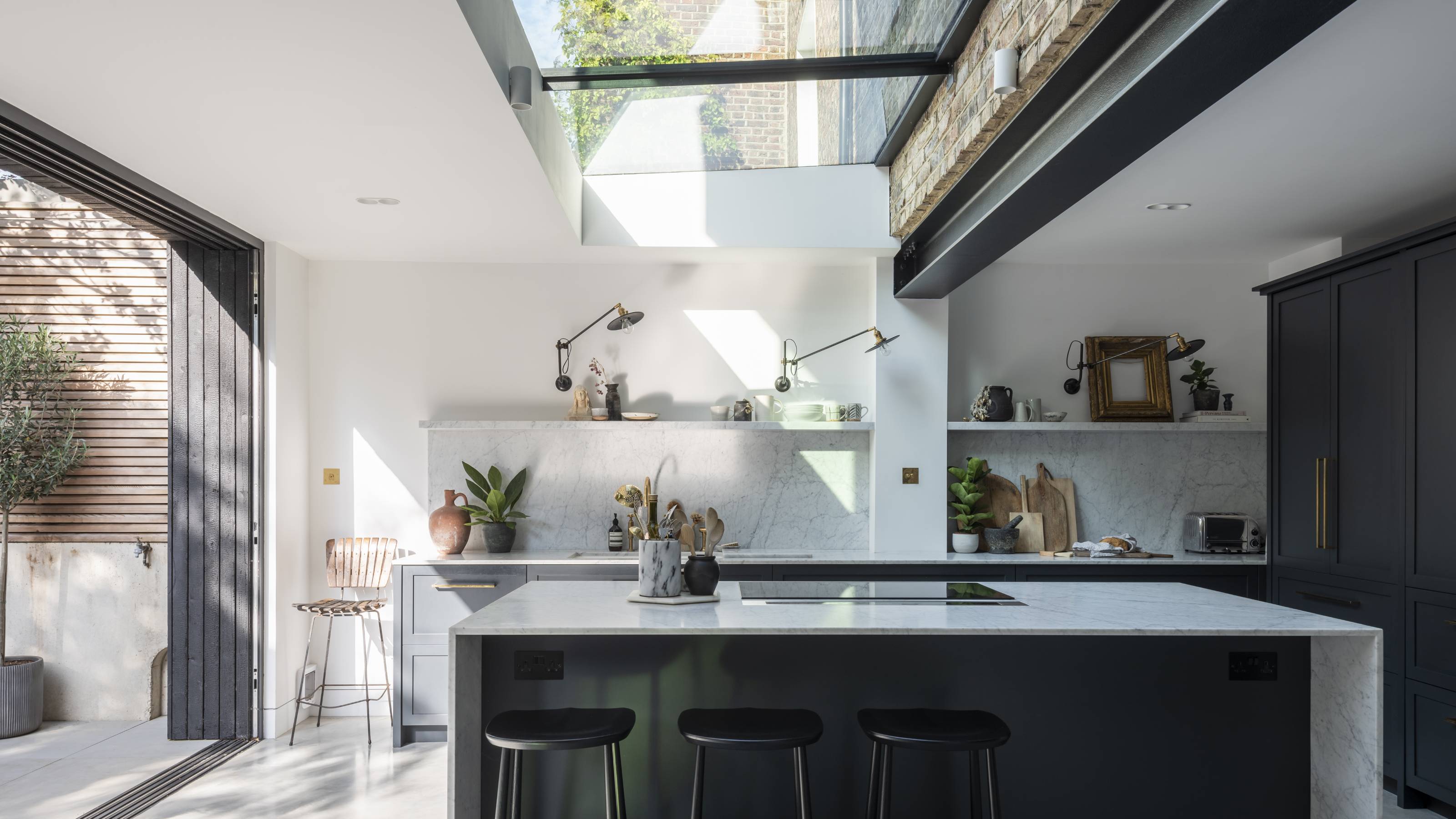 How Much Does an Extension Cost in 2025? Renovation and Design Experts Break Down Your Budget
How Much Does an Extension Cost in 2025? Renovation and Design Experts Break Down Your BudgetExplore how much different types of extensions cost in 2025 to budget for your project accurately
By Amy Reeves
-
 9 Bathroom Storage Mistakes You're Probably Making That Make Using This Space Much Harder — And What to Do Instead
9 Bathroom Storage Mistakes You're Probably Making That Make Using This Space Much Harder — And What to Do InsteadDiscover which mistakes are to blame for your overcrowded and cluttered bathroom
By Seraphina Kyprios
-
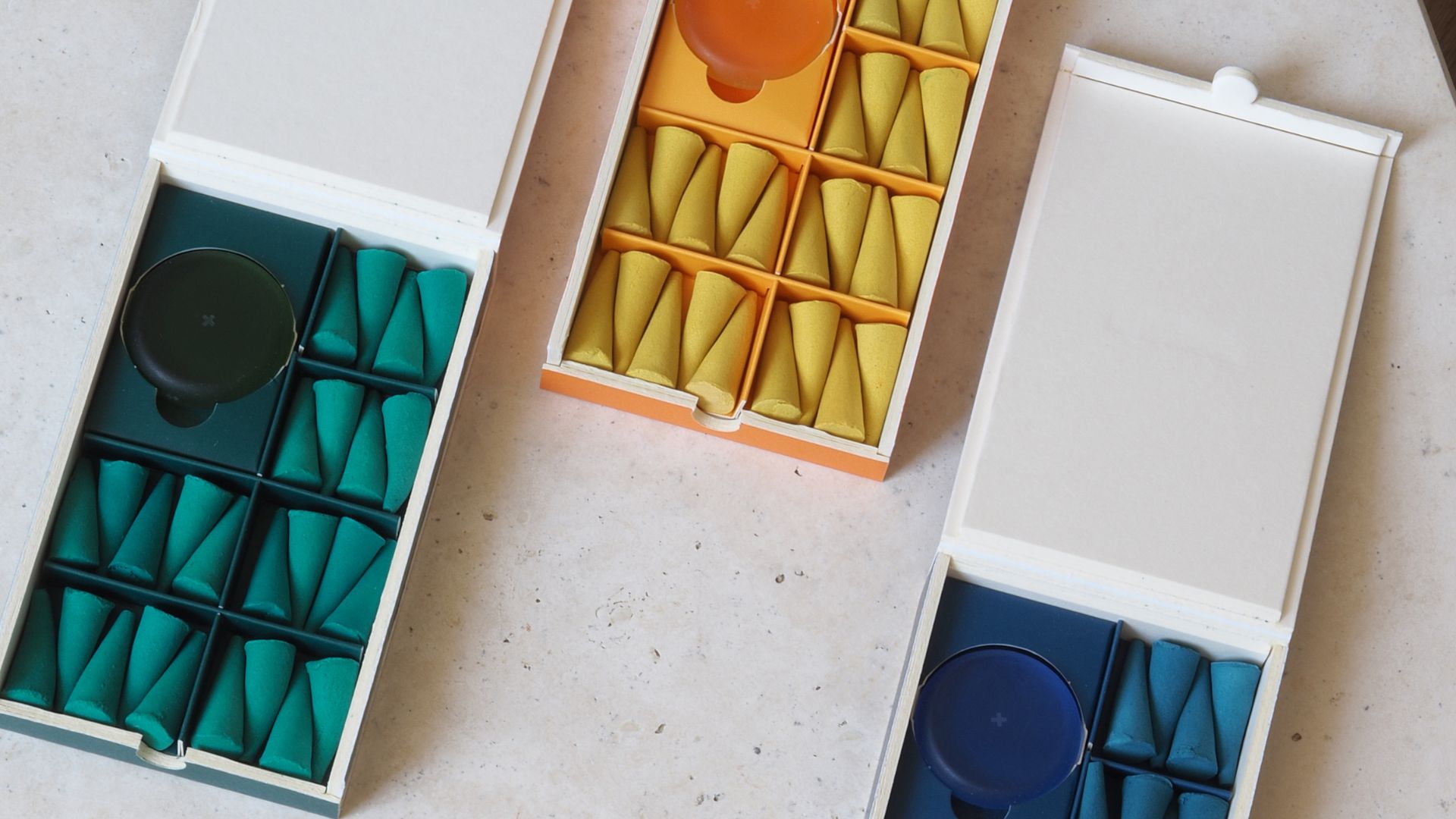 These 'Scenting Droplets' Might Be the Coolest (and Most Stylish) Way to Make Your Home Smell Amazing
These 'Scenting Droplets' Might Be the Coolest (and Most Stylish) Way to Make Your Home Smell AmazingIf you're looking to switch out your incense sticks for something more fun, then you should know about Ripple+'s incense droplets. Let me introduce you.
By Amiya Baratan
-
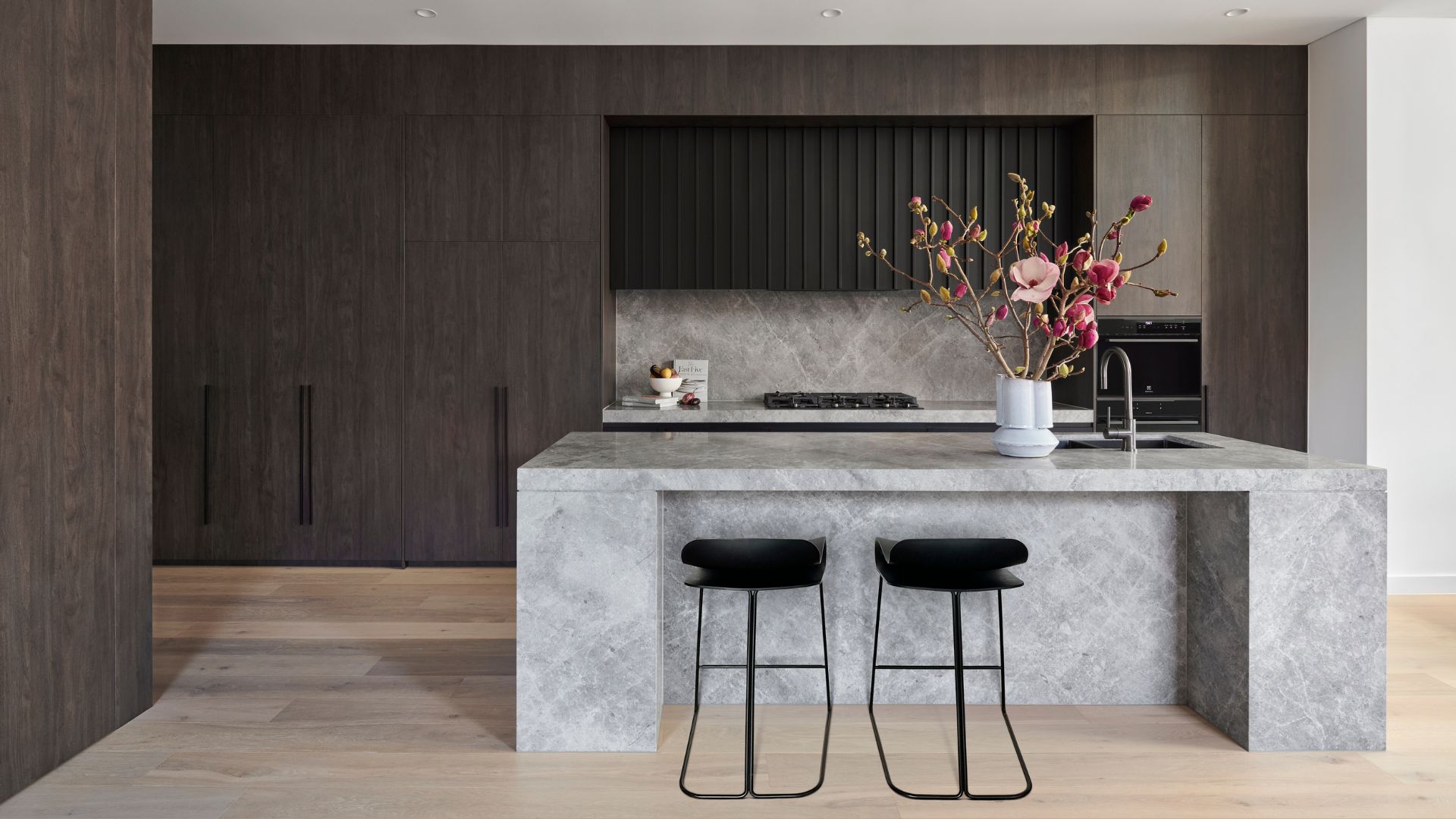 The Japanese Principle of Iki (粋) Is All About 'Refined Elegance' — Here's How to Embrace It in Your Home
The Japanese Principle of Iki (粋) Is All About 'Refined Elegance' — Here's How to Embrace It in Your HomeIf your interior vibe is all about refined elegance and opulent minimalism, you need to know about the Japanese principle of 'Iki'. Here's how to bring it home.
By Amiya Baratan
-
 What Can I Choose Instead of Brass Taps? 4 Finishes That Are Emerging in 2025's Kitchens and Bathrooms
What Can I Choose Instead of Brass Taps? 4 Finishes That Are Emerging in 2025's Kitchens and BathroomsIf you want to try something a little different for your kitchen or bathroom finishes, these are the trending styles in taps beyond classic brass
By Seraphina Kyprios